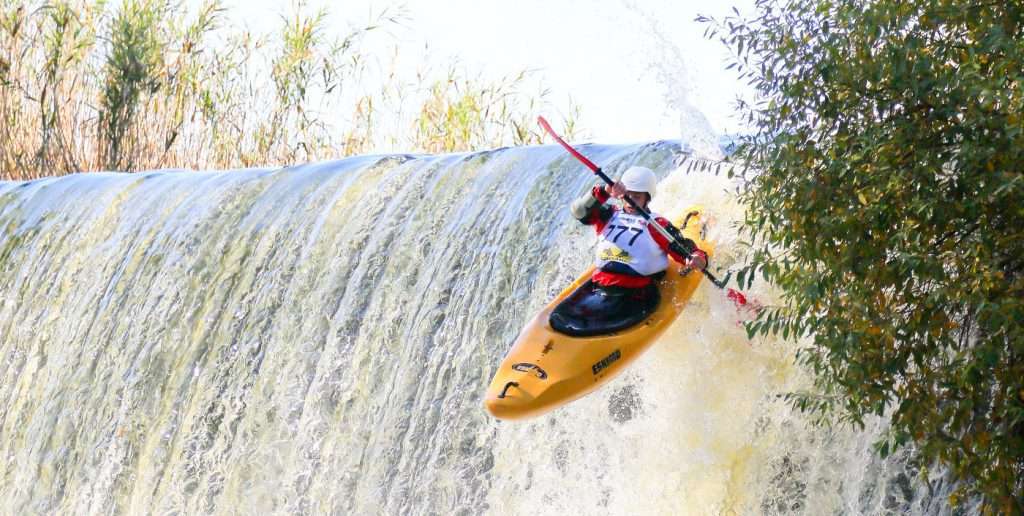Sea kayaks and similar longer craft take more work to turn than a whitewater or recreational kayak. The sweep stroke, a fundamental stroke for kayaking, works efficiently to turn sea kayaks. Think of the sweep stroke in terms of Newton’s third law of motion: “Every action has an equal and opposite reaction.” For a sweep stroke, the more force you exert on one side, the more the kayak turns to the other.
Instructions
Step 1
Rotate your torso towards the bow of your kayak on the paddle side to engage the strong muscles of your torso instead of just your arm. Place the paddle blade in the water near your foot. Keep your upper arm nearly straight.
Step 2
Position your offside arm low and close to the boat to extend the blade forward several extra inches and increase the force of the stroke.
Step 3
Unwind your torso using your stomach and core muscles to sweep the paddle to the stern of the kayak. The further you sweep the paddle away from the boat, the more turning force the stroke generates.
Step 4
Repeat until the boat assumes the desired heading.
Tips & Warnings
- To experience what torso rotation feels like, sit in the kayak and hold the paddle across your shoulders. Rotate the paddle towards the bow and then the stern of the kayak, concentrating on engaging your stomach muscles. It should feel like you’re doing a crunch. Using these muscles to rotate your torso provides the most power.
- After you master the basics of the stroke, add edging, which sets your kayak up on its edge. For the sweep stroke, edge by dropping the paddle-side seam into the water. Edging shortens the length of your kayak by lifting the ends out of the water, and it allows your kayak to spin quicker by presenting less resistance from the bow and stern stems.

